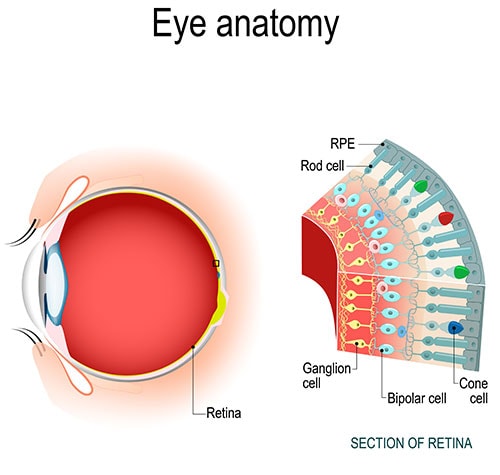All Categories
Featured
In today's electronic world, displays are an important part of every day life. Whether it's for job, entertainment, or remaining linked, a lot of people invest hours every day staring at computer systems, mobile phones, and tablets. While these gadgets are practical, they can take a toll on your eyes, bring about a problem called digital eye pressure (additionally called computer vision syndrome) Symptoms like dry eyes, frustrations, obscured vision, and neck pain are all also typical. The bright side is that there are basic actions you can take to secure your vision from electronic eye strain.

Recognize the 20-20-20 Policy. One of the most convenient means to lower electronic eye stress is by following the 20-20-20 regulation. Every 20 mins, take a 20-second break to consider something a minimum of 20 feet away. This assists your eyes loosen up and decreases the stress caused by concentrating on a display for extended periods. Setting a timer or making use of applications created to remind you can make this routine simpler to follow.
Change Your Screen Setups. The illumination, comparison, and font dimension of your screen can significantly influence your comfort level. Make sure your display brightness matches the lights in your setting; a screen that's as well bright or as well dark can cause your eyes to function harder. Boosting font style dimension can also reduce the pressure of checking out little message.

One more important change is the usage of "night setting" or blue light filters, which lower the amount of blue light produced by your devices. Blue light can interrupt your sleep cycle and add to electronic eye stress, so using these functions-- particularly in the evening-- can make a large difference.
Maintain Appropriate Distance and Stance. Just how you place on your own while using electronic devices issues. Your display should be about an arm's size far from your eyes and placed to ensure that the top of the screen goes to or simply below eye level. This lowers the strain on both your eyes and neck.
In addition, maintaining good pose is essential. Sit in a chair that gives appropriate back support, and keep your feet level on the floor. Making use of a file owner or stand for published products can additionally aid minimize unpleasant head and neck motions.
Blink Typically and Keep Hydrated. Gazing at screens often tends to decrease your blinking rate, which can cause completely dry eyes. Make a conscious initiative to blink extra regularly to maintain your eyes hydrated. If you still experience dry skin, consider using man-made rips or a humidifier to boost the dampness level in your setting.
Take Breaks and Limitation Screen Time. Whenever feasible, take breaks from screens throughout the day. Tip outside, review a publication, or participate in an activity that doesn't require digital devices. Limiting non-essential screen time can aid your eyes recuperate and reduce the advancing effects of pressure.
Set Up Regular Eye Examinations. Despite these safety measures, regular eye tests are essential. An eye care specialist can assess your vision, provide tailored suggestions, and detect any type of underlying concerns early. If required, they can suggest glasses created especially for computer system use, frequently called blue light-blocking glasses or computer system glasses.
Protect Your Eyes for the Long-term. Digital devices are below to remain, however digital eye strain does not have to be a part of your life. By following these techniques-- like the 20-20-20 guideline, adjusting your display setups, and practicing excellent position-- you can substantially lower strain on your eyes. Include these routines into your daily routine to ensure your vision stays healthy in the electronic age.
Latest Posts
Explore Montclare Auto Repair’s Most Popular Services and Why Drivers Rely On Them
Explore Oil Changes & More: Comprehensive Services Guide from Montclare Auto Repair
Discover Montclare Auto Repair’s Top Car Care Solutions and Why Drivers Choose Them
More
Latest Posts
Explore Montclare Auto Repair’s Most Popular Services and Why Drivers Rely On Them
Explore Oil Changes & More: Comprehensive Services Guide from Montclare Auto Repair
Discover Montclare Auto Repair’s Top Car Care Solutions and Why Drivers Choose Them